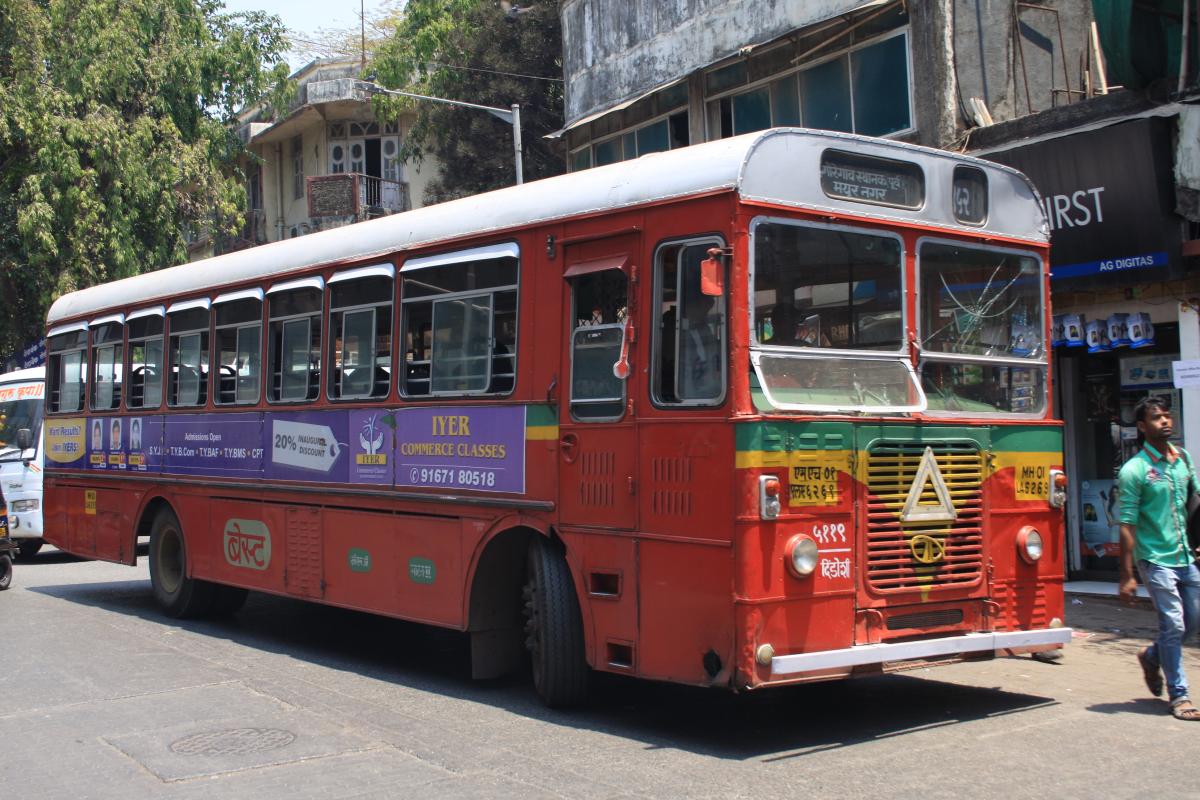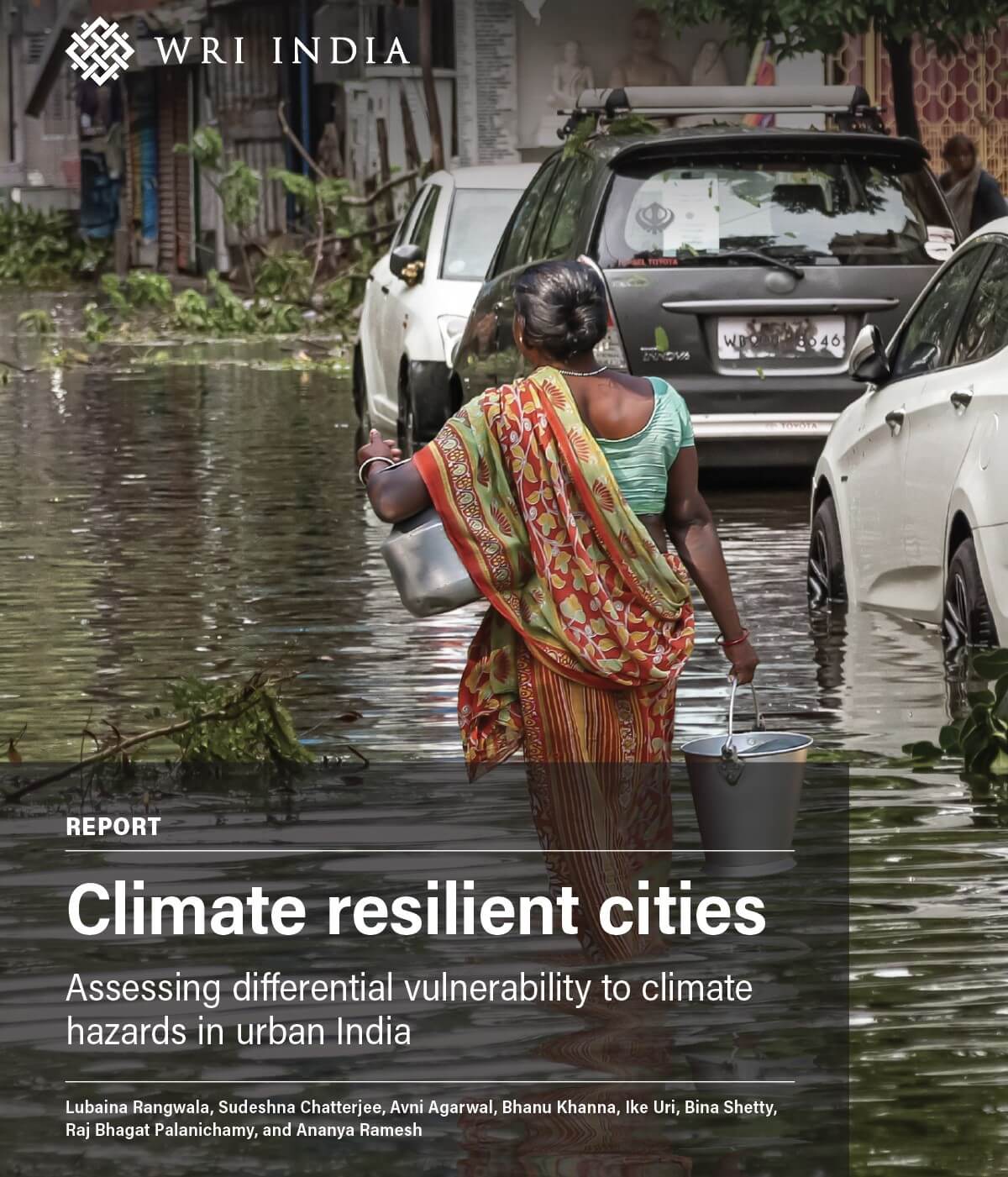Back to business: Enabling public bus systems post COVID-19
by and -
The ongoing pandemic has wreaked immense and lasting damage to India’s economy, and passenger transport has been particularly affected. Its far-reaching impact on the aviation and railway industry is well-documented, along with the struggles of auto and taxi drivers. However, a critical mode that has so far been relatively under-discussed is public buses.
In India, bus transport tends to receive significantly less media attention, despite the fact that the bus network is the most expansive of all public transport networks, and close to 75% of public transport trips in the country are by bus. Buses are the only viable transport mode for several economically weaker sections to access jobs and education. Additionally, they reduce traffic congestion, emissions, and provide safe mobility.
However, providing a reliable and affordable bus service is an expensive task for government-owned State Transport Undertakings (STUs). Responsible for operating public bus services, STUs provide services on low-demand routes and at odd hours of the day to ensure mobility for all, while also keeping fares affordable. This means that STUs, whose main source of income is fare collection (84-85%), do not earn significant revenues and have little capital to cover operational costs. Even during good times, their cost recovery varies between 47% in urban areas, to 81% in rural areas. In 2016-17, STUs incurred combined losses of up to INR 16,000 crore.
Off the road
COVID-19 has completely torpedoed the fragile finances of the sector. Due to lockdown restrictions, nearly 98% of bus services were halted, leading to almost no revenue generation for two months. Even before the lockdown, COVID-19 fears resulted in higher ticket cancellations and lower bookings for long-distance services. Unfortunately, while revenues have reduced, operating costs have not declined proportionately. Except for fuel (30% of overall expenses), STUs continued to incur all major expenses associated with bus operations: staff salaries, taxes, loans, and maintenance costs. The financial impact of the pandemic has begun to show. STUs in Karnataka have already appealed for financial support from the government and many will follow. In WRI India’s Bus Karo Webinar dated May 14, the World Bank estimated that the financial losses due to COVID-19 could amount up to INR 1.5 lakh crore for the public bus sector.
Owing to losses incurred in the last few months, it is unlikely that recovery from the novel coronavirus will be easy for STUs. Additionally, bus operations, which depend on a high volume of passengers per bus to ensure an adequate stream of revenue, will need to accommodate social distancing norms and a lower number of passengers on every ride. This will lead to reduced revenue, along with higher costs associated with frequently sanitizing buses and providing bus crew with protective equipment. These costs will further increase as STUs may need to run more buses to meet demand with lower capacities per bus. The need for additional buses comes at a time when there already exists a deficit of almost 2 lakh buses, with STUs seeking government support to procure and operate more services. The existing financial situation of STUs, combined with tougher operating conditions in the future, suggests that bus services are likely to deteriorate in most cases.

Steps to recovery
As India limps back to normalcy, buses will play a major role in economic revival. They will be the low-cost mobility option for millions of citizens whose savings and finances have taken a hit during the pandemic. It is, therefore, crucial that bus systems remain not just operational, but also nifty. Below are some short- and long-term measures that governments and STUs can take to emerge stronger and resilient in a post-pandemic India:
- Governments: In the short term, governments can exempt STUs from tax payments, the gains from which can be invested in service improvement or fleet augmentation. Additionally, the government should provide viability gap funds (VGF) to STUs in the coming few months, linked to the performance of the system—which will help bridge the gap between revenues and costs. The government can also enhance private sector participation to meet transport demand, by relaxing permit regulations for private buses for a few months. In the long term, governments can provide financial and technical support for contactless ticketing and payments to instill public confidence about safety on board public transport vehicles. Lastly, the government should implement dedicated infrastructure in cities, such as bus priority lanes, to improve service quality and enable buses to run faster. This will attract more users and reduce fuel expenditures of bus operators.
- STUs: In the short term, STUs can involve the private sector to increase their fleet capacity without going through the time-consuming procurement process for new buses. They can also adopt COVID-19 safety labelling for their fleet, to instill confidence in the users. In the long term, bus operators need to focus on diversifying revenue generation methods which are currently heavily dependent on ticket and pass sales. Lastly, over time bus agencies should analyze ridership data to identify emerging travel patterns and rationalize existing services for efficiency improvement. Such measures will involve digitizing the system and technical capacity building of the staff.
During the ongoing economic slump, the financial trauma on bus operators has been huge and will continue to be so for upcoming months. At this point, leaving bus services to operate without any technical and financial support is likely to cause deterioration of several bus systems, with significant mobility, economic and environmental repercussions. Strategic financial packages and investments, over time, can help the bus sector to weather the storm and provide improved and safer services to commuters.
Aloke Mukherjee is a consultant at WRI India.


